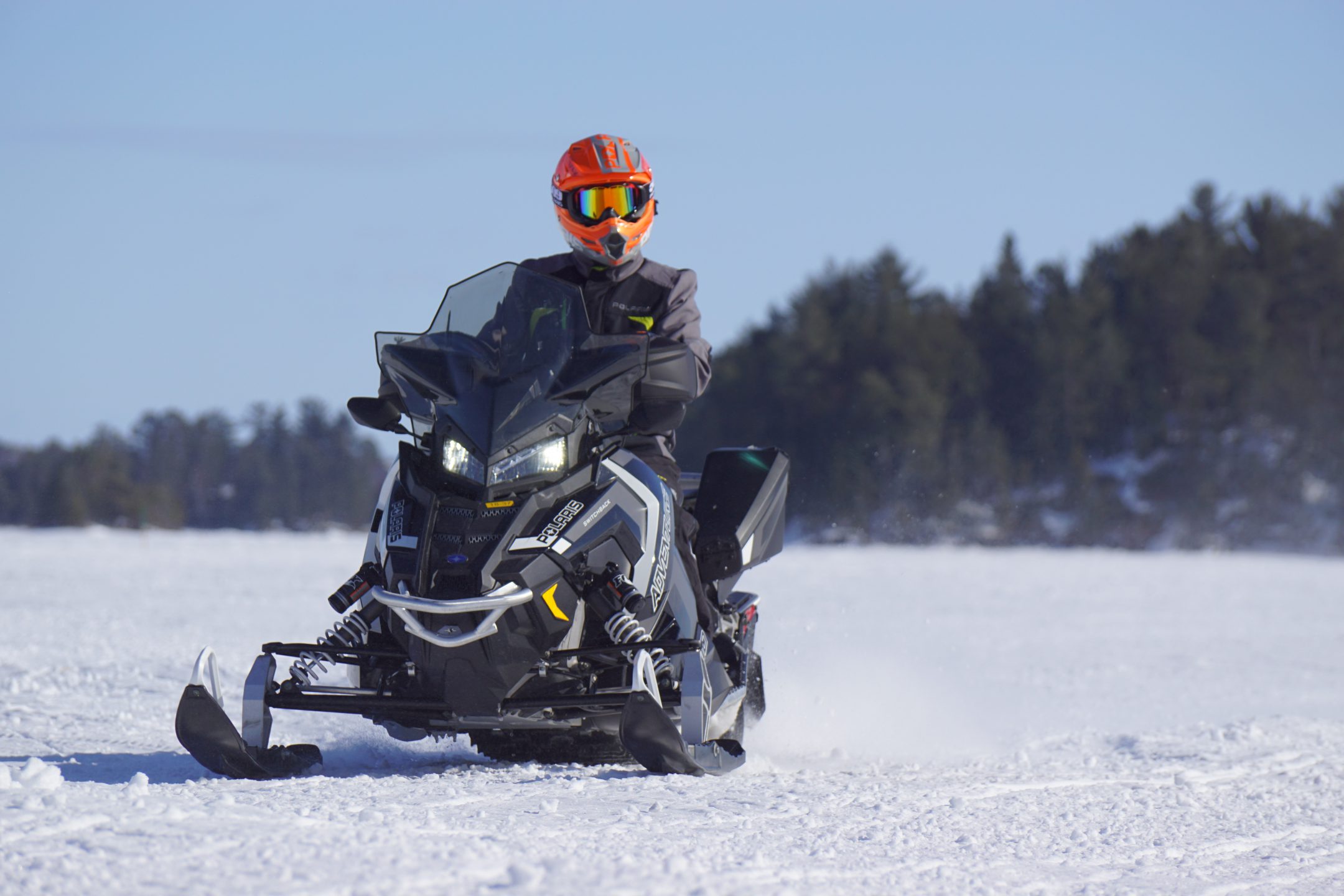Winter is quickly approaching, and with over 5,000 km of trails in Alberta its time to get outside and enjoy the snow. Snowmobiling is a very popular recreational activity for those living in Alberta. However, fast speeds, unpredictable terrain, and treacherous weather conditions contribute to snowmobile accidents in Alberta.
According to the Canadian Institute for Health Information for 2016 -2017, 911 Canadians were treated in hospitals for snowmobile-related injuries.
The Canadian Red Cross has reported that over a period of 20 years there were 398 snowmobile-related deaths from unintentional water-related fatalities, which were largely preventable. These immersion incidents occurred while riders were travelling on ice, going off-road or off bridges. They also found that alcohol was present or suspected in 58% of fatalities of those 15-years of age or older.
THE LAW IN ALBERTA REGARDING SNOWMOBILING
Snowmobiles are considered off-highway vehicles pursuant to section 117(a) of the Traffic Safety Act.
By law in Alberta, everyone who operates a snowmobile must:
- have a registered snowmobile (section 119);
- be insured if you plan to operate the snowmobile on public land or highways where permitted (section 119);
- wear a safety-approved helmet and ensure passengers and those being towed by a snowmobile also wear helmets (section 128);
- be at least 14 years of age to operate a snowmobile independently (Off-Highway Vehicle Regulation, section 2);
- ensure that a person younger than 14 years of age be accompanied by an adult or supervised closely (Off-Highway Vehicle Regulation, section 2).
SAFETY MEASURES TO REDUCE RISK OF A SNOWMOBILE ACCIDENT
If you are using a snowmobile, it is important to follow these precautions to reduce your risk of injury:
- Ride sober: Do not drink alcohol or do drugs before or while operating a snowmobile. Impaired driving laws are the same for all motorized vehicles in Alberta.
- Clothing: Always wear a helmet, eye protection, a personal flotation device in case of unexpected submersion, and protective clothing appropriate for the conditions in order to prevent frostbite and hypothermia.
- Ride in daylight: Low light and reduced visibility will increase the chances of an accident.
- Operate a machine that is the correct size for you.
- Ride within your abilities.
- Always snowmobile with others: Avoid snowmobiling on your own to ensure rescue is an option. Be sure to leave 15 metres between snowmobiles.
- Stay on trails designated for snowmobile use.
- When operating on lakes or rivers, be aware of the ice conditions. Ice should be at least 25 cm thick.
- Be prepared for an emergency with a cell phone in a waterproof container, a rope, a first aid kit, emergency tools and supplies, signal flares, and something to build a fire.
- Keep your snowmobile in good repair.
- Always tell someone where you are going and check in when you return from your ride.
SNOWMOBILES AND PERSONAL INJURIES
Injuries associated with snowmobile accidents are often serious and life-threatening due to poor weather conditions and high speeds. Also, similar to motorcycles, snowmobilers have little protection when it comes to a collision with another vehicle or a tree. In addition, those who travel over frozen lakes may become injured if they mistakenly encounter open water.
Common snowmobile injuries include:
- Hands or legs trapped underneath the machine;
- Lacerations;
- Broken or fractured bones;
- Spinal cord injuries;
- Traumatic brain injuries; and/or
- Internal organ damage.
PURSUING A CLAIM FOR YOUR INJURIES
A snowmobile accident victim may have a legal right to compensation when suffering injuries following an accident. Snowmobile accidents are often the fault of either the manufacturer, improper maintenance of trails, or negligent driving by an operator themselves.
Common causes of snowmobile injuries include:
- Poorly maintained trails;
- Poorly manufactured snowmobiles;
- Driver intoxication;
- Nighttime operation with reduced visibility;
- Equipment failure/defective parts; or
- Excessive speeding.
If the injured victim was riding as a passenger on the back of a snowmobile or if the accident was caused by a careless driver, he/she may be sued for negligence. A driver may be found negligent if the driver was impaired, was driving at excessive speeds, was driving recklessly, or failed to properly maintain the snowmobile.
If the accident was caused by a defective design or equipment failure, suing the designer or manufacturer may be a possibility.
WHAT TO DO FOLLOWING A SNOWMOBILE ACCIDENT
If you are involved in a snowmobile accident, it is important to take the following steps:
- Check for injuries: If there are any injuries, call for help immediately.
- Take photographs and document details of the accident.
- Keep track of all costs associated with any damages or injuries caused by the accident.
- Contact a personal injury lawyer as soon as possible. It is important not to delay seeking legal advice to avoid weakening your case or losing the right to sue.
If you or a loved one have suffered personal injuries as a result of a snowmobile accident and believe a third party is responsible, please contact the knowledgeable and experienced lawyers at Cuming & Gillespie LLP online or call 403-571-0555. We will review your snowmobile accident case to determine the best approach to take and how we can help you recover compensation for your injuries.

